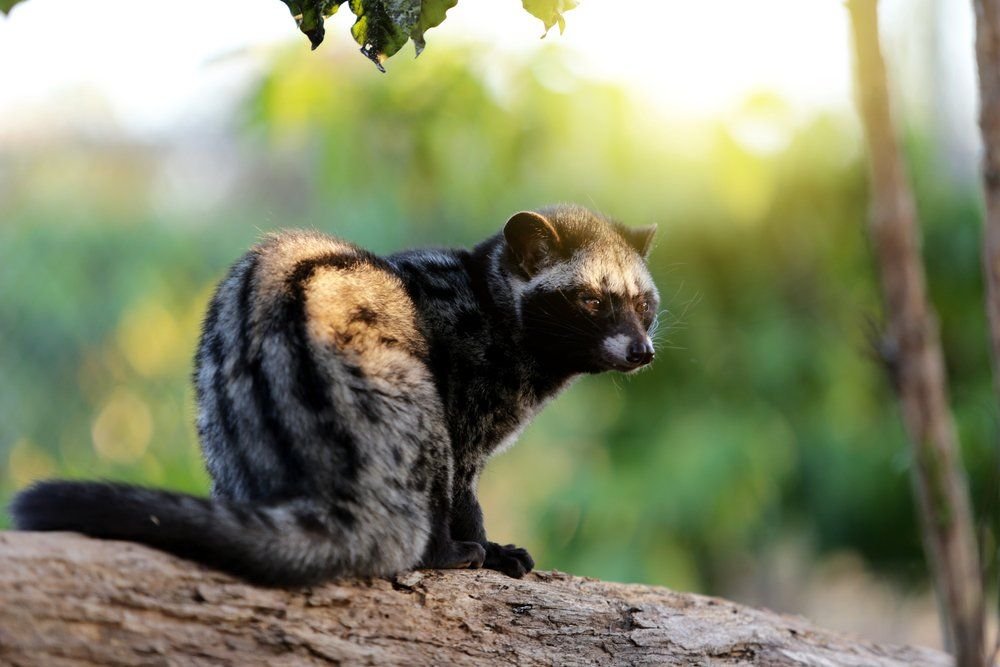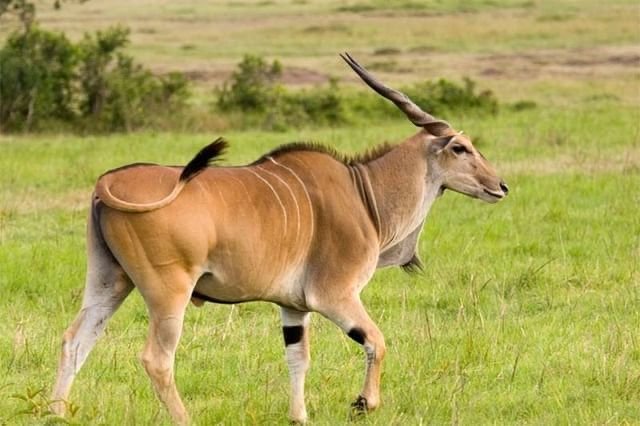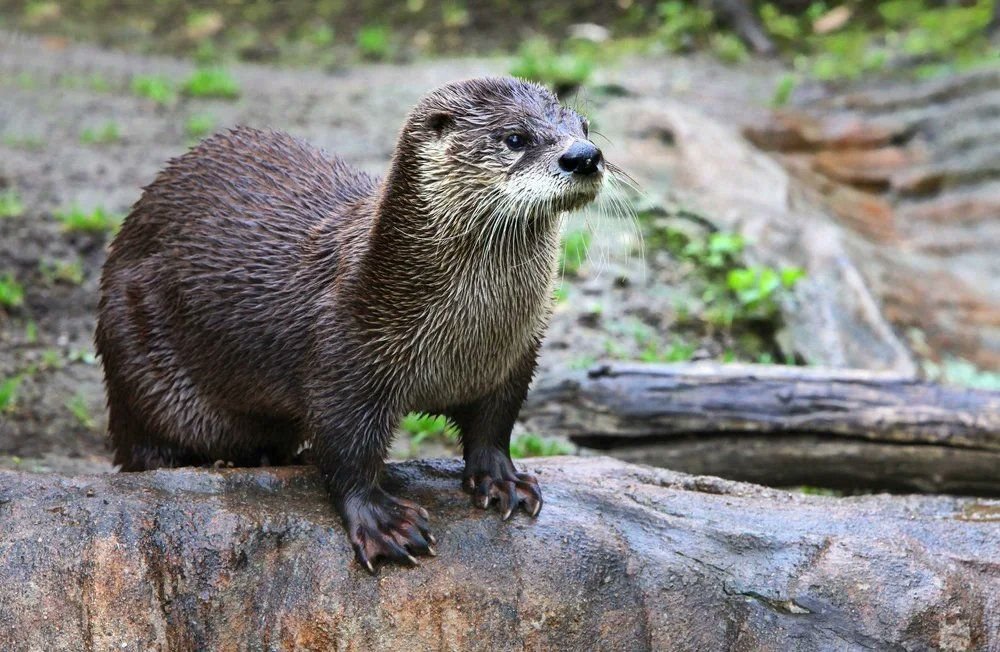The African Civet (Civettictis civetta)
Civets are common in most wooded habitats in Uganda's national parks, but they are only occasionally spotted due to their nocturnal, solitary habits.

The African civet (Civettictis civetta) is a sizable viverrid that is native to sub-Saharan Africa, where it is widely found in secondary forests and woodlands.
The African civet is primarily nocturnal, sleeping in dense vegetation during the day and waking up at dusk. It is a solitary mammal with distinctive colouration: the rings on the tail and the black and white blotches covering its coarse pelage make an effective cryptic pattern. Its eyes are surrounded by black bands that resemble those of a raccoon.
Dark brown to black characterises the stripes, spots, and blotches. On the hind limbs, horizontal lines are prominent, spots are typically present, and above the forelimbs, the spots fade into vertical stripes. It has small, rounded ears and a pointed muzzle. Its small eyes are surrounded by a black band, and two black bands wrap around its short, broad neck. The erectile dorsal crest runs parallel to the animal's spine from the neck to the base of the tail. In comparison to the rest of the pelage, the erectile crest has longer hairs.
Behavioural Patterns of the African Civet
Large clumps of waste known as latrines—or more specifically, "civetries"—are left behind by African civets. Fruits, seeds, exoskeletons of insect and millipede rings, as well as sporadic patches of grass, are common in latrines. Research is ongoing into how civet latrines function as a mechanism for dispersing seeds and regenerating forests.
Typically solitary animals, African civets live alone. They mark their territories around their civetries with the secretion of their perineal glands. 96.72% of the time, these markings are within 100 metres of civetries and generally follow common routes and paths.
A threatened African civet will raise its dorsal crest to give the impression that it is more powerful and dangerous to attack. This behaviour is a defensive predatory response.
Diet of the African Civet
The diet of African civets is varied. It feeds on rodents like giant pouched rats (Cricetomys), Temminck's mouse (Mus musculoides), Tullberg's soft-furred mouse (Praomys tulbergi), greater cane rat (Thryonomys swinderianus), typical striped grass mouse (Lemniscomys striatus), amphibians and small reptiles like Hallowell's toad (Amietophrynus maculatus), herald snake (Crotaphopeltis hotamboeia), black-necked spitting cobra (Naja nigricollis), common agama (Agama agama), Mabuya skinks, insects such as Orthoptera, Coleoptera as well as eggs, fruits, berries and seeds. African civets are capable of taking prey as large as hares, but they can be awkward when dealing with large prey.
The frequent presence of green grass in faeces appears to be related to amphibian and snake consumption.
Reproduction of the African Civet
Females build nests, which are typically in areas of dense vegetation or in holes that have already been dug by other animals. One to four young are typically born to female African civets each year. Compared to the majority of carnivores, the young are born at advanced stages. They can crawl from birth and have short, dark fur covering them. After 18 days, the young leave the nest, but they continue to rely on the mother for two more months for milk and protection.
In Uganda, where can I see civets?
Civets are common in most wooded habitats in Uganda's national parks, but due to their nocturnal, solitary habits, they are hardly ever seen.
What's Your Reaction?
 Like
0
Like
0
 Dislike
0
Dislike
0
 Love
0
Love
0
 Funny
0
Funny
0
 Angry
0
Angry
0
 Sad
0
Sad
0
 Wow
0
Wow
0













































































